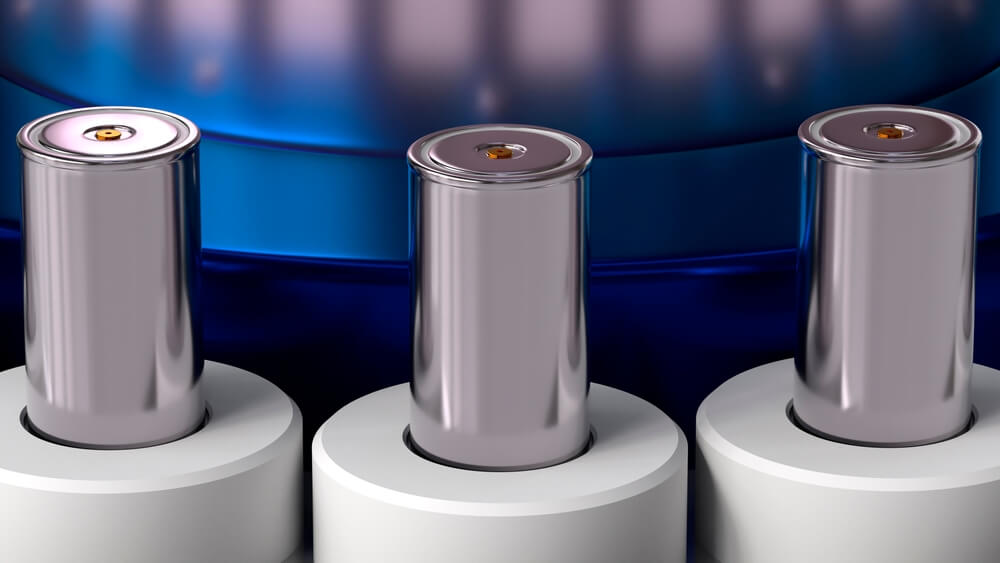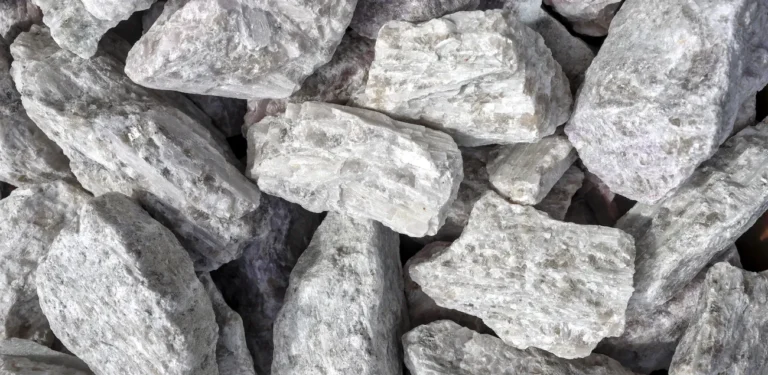
Lithium battery recycling is emerging as a key solution for reducing environmental impact and securing future supplies of critical battery metals. A Stanford University study highlights that recycling lithium-ion batteries emits less than half the greenhouse gases (GHGs) of traditional mining while using only a quarter of the water and energy. Recycling defective scrap materials further enhances these benefits, cutting GHG emissions to just 19% of those from conventional mining.
The primary sources of recyclable lithium batteries include defective scrap material from battery manufacturers and end-of-life batteries collected from businesses and consumers. These materials contain essential metals such as lithium, nickel, cobalt, copper, manganese, and aluminum, which can be reclaimed with significantly less environmental damage than traditional mining.
The sustainability of lithium battery recycling depends on facility locations and the energy sources they use. Regions powered by renewable energy, such as hydropower and solar, offer the greatest environmental benefits. For example, Redwood Materials in Nevada benefits from the clean energy mix in the western U.S., minimizing its carbon footprint.
Mining and refining critical battery metals often require extensive global transportation. In contrast, recycling lithium-ion batteries dramatically reduces transport distances, cutting down emissions and enhancing sustainability. Conventional mining and refining involve an average transport distance of 35,000 miles, whereas recycling in California requires only about 140 miles.
New technologies are improving recycling efficiency and sustainability. Traditional pyrometallurgical processes are energy-intensive, but innovations like Redwood Materials’ “reductive calcination” use lower temperatures, eliminate fossil fuels, and increase lithium recovery rates. These advancements are refining recycling methods worldwide, making them more sustainable.
Despite its benefits, lithium battery recycling is not scaling fast enough to meet rising demand. Experts warn that global reserves of lithium, nickel, and cobalt could become critically low within a decade. The U.S. currently recycles about 50% of available lithium-ion batteries, far behind the 99% recycling rate of lead-acid batteries. Increasing lithium battery recycling rates is essential for securing a stable supply chain and supporting the clean energy transition.



